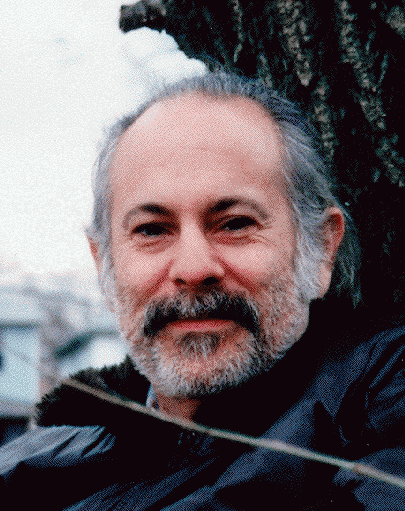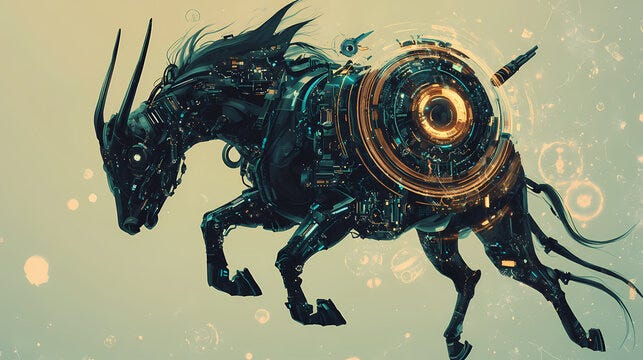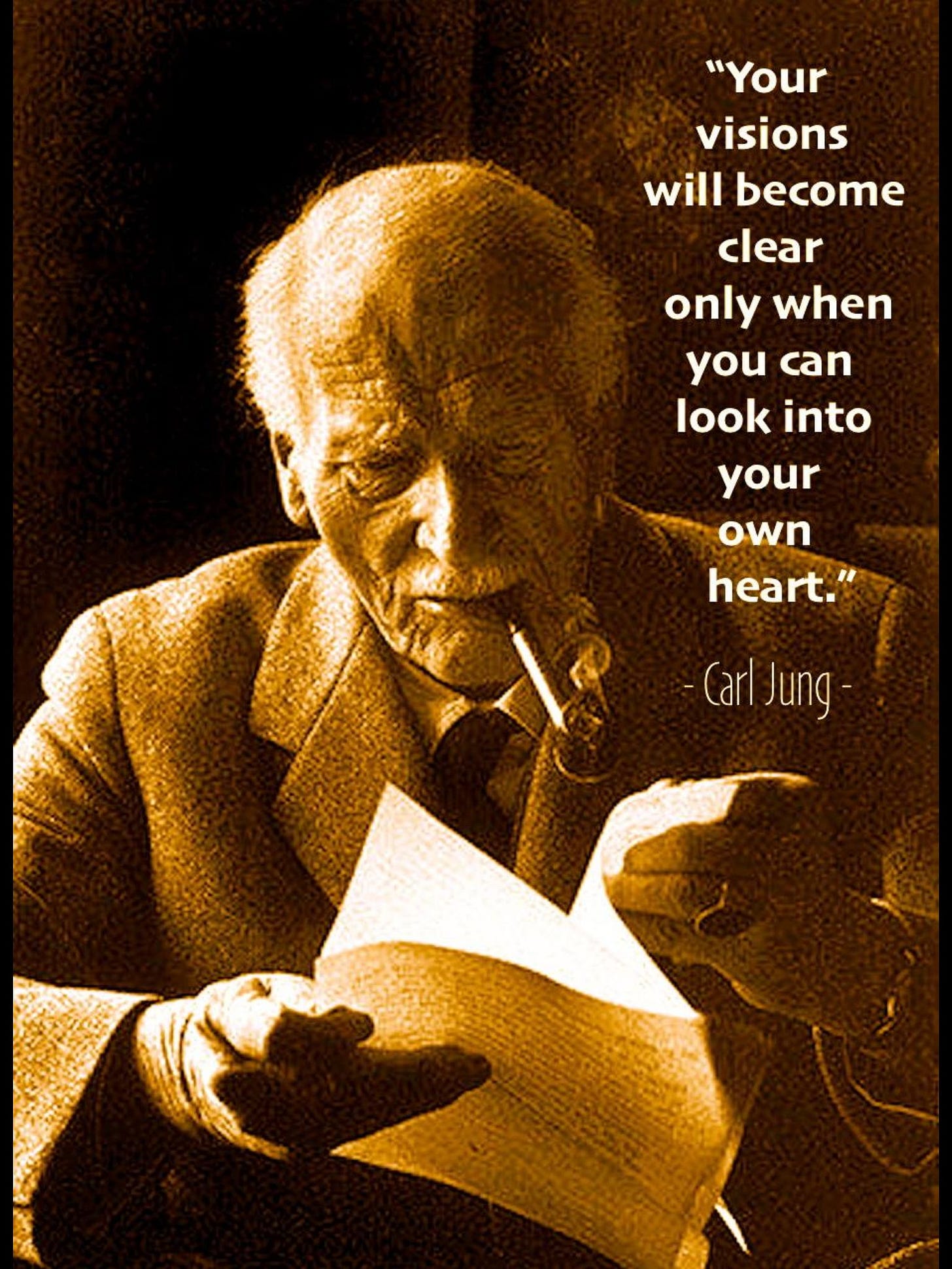The Wounded Healer’s Alchemy
Chiron’s Role In Conscious Evolution
How does our consciousness evolve from the wounds we carry?
This card struck a chord within me, but just how deep am I meant to go? I feel like I’m wading into the darkest depths, and if I go any further, I might not resurface. I find myself tangled in thoughts, searching for answers. Is the solution to fixing everything that’s broken really that simple? But wait, are things truly broken in the first place? I intended to keep it straightforward and brief, but Spirit had other ideas. I ended up down a rabbit hole and couldn’t resist exploring further. It has been challenging for me to come to terms with. I’ve taken the time to sit with this overwhelming energy and work through all the thoughts and emotions that go with it.
This inquiry draws me to Chiron, the centaur of myth, whose eternal wound gave birth to wisdom; to Carl Jung, whose wounded healer archetype revealed the transformative power of suffering; and to Zane B. Stein, whose astrological insights, following Chiron’s 1977 discovery, wove these threads into the tapestry of our collective psyche. Together, they teach us that our deepest wounds are not just personal; they ripple throughout the Universe, shaping humanity’s soul. As we share these stories, we hold a sacred responsibility to nurture healing, not harm.
Who is Chiron?
In the tales of ancient Greece, Chiron, the centaur born of Cronus and Philyra, stood apart from his wild counterparts. He was not just any half-human, half-horse; he was wise, compassionate, and a skilled healer, having been trained by Apollo and Artemis. However, his story takes a tragic turn when a poisoned arrow accidentally strikes him. Immortal yet unable to die, Chiron finds himself caught in endless suffering. Yet, this pain becomes a source of strength as he dedicates himself to mentoring heroes like Achilles and Asclepius, imparting knowledge of medicine, music, and ethics. Ultimately, in an act of self-sacrifice, he chooses to give up his immortality to free Prometheus. Through this noble deed, Chiron is transformed into the constellation Centaurus, serving as a celestial reminder of how strength can emerge from our suffering.
This enduring myth, passed down through the ages, has woven itself into the fabric of our collective understanding: our wounds serve not as dead ends, but as gateways to deeper understanding. The Greeks shared the story of Chiron in their grand amphitheaters and sacred temples, embedding the belief that embracing suffering can lead to profound wisdom. This archetype has resonated across various cultures, from shamans undertaking intense trials to spiritual leaders who bear the burdens of others. Chiron’s myth encourages us to perceive our wounds as sacred, inspiring storytellers, poets, priests, and philosophers to craft narratives that uplift rather than harm.
References. Homer. The Iliad. Translated by Robert Fagles, Penguin Classics, 1990.
The Psyche’s Alchemy
Fast forward to the 20th century, where Carl Jung, the Swiss mystic of the psyche, crystallized Chiron’s essence into the archetype of the wounded healer. In works like Fundamental Questions of Psychotherapy (1951), Jung wrote, “Only the wounded physician heals.” Drawing from his psychological crises, particularly after his 1913 split with Freud, Jung saw that a healer’s wounds enable empathy. A therapist, scarred by their struggles, connects deeply with a patient’s pain, creating a shared space for transformation. Jung’s insight revolutionized psychology, offering the collective a new lens: our wounds are not flaws but portals to understanding.
In the early 20th century, as industrialization and war fractured societies, Jung’s archetype provided people with a framework to process collective trauma, world wars, economic collapse, and existential doubt. His lectures and writings, shared through books and institutions such as the C.G. Jung Institute, seeded the collective psyche with the idea that healing comes from facing, rather than fleeing, pain. Yet, Jung cautioned that healers must know their wounds, so as not to project harm onto others, a reminder for us to share knowledge with care.
I pause to reflect on the idea that the challenges I have faced or will face ultimately turn into wisdom. This notion leads me to understand that a divine force is at work orchestrating everything. As Carl Jung noted, a healer cannot truly heal unless they have walked a similar path themselves.
How can humanity truly achieve its highest potential if it continues to fall into the same patterns? Does this imply that a sacrifice is required? When someone declares, “Enough is enough,” what does that mean?
Astrology’s Cosmic Mirror

In Essence and Application: A View from Chiron (1983), Stein writes that Chiron’s orbit “between the structured world of Saturn and the revolutionary energy of Uranus” mirrors the mythological Chiron’s ability to bridge pain and wisdom, aligning with Jung’s concept of the wounded healer as a symbol of individuation.
When 2060 Chiron was discovered in Aries on November 1, 1977, by Charles Kowal, it sparked a new chapter. Zane B. Stein, an astrologer with a mystic’s heart, saw in this centaur object a reflection of Jung’s archetype and Chiron’s myth. Within weeks, Stein contacted astronomers for Chiron’s ephemeris, founding the Association for the Study of Chiron (ASC) in 1978 to explore its astrological significance. Stein’s work, detailed in Chiron – Healer and Wholemaker (2020), offered the collective a map: Chiron’s placement in a natal chart reveals wounds often experienced in early life, such as rejection or loss, that, when faced, become sources of wisdom. Stein’s ephemeris and lectures, shared globally, empowered astrologers and seekers to explore these wounds, fostering a collective shift toward “wholemaking,” a term he used in conjunction with Jung’s concept of individuation.
The 1977 discovery, amid cultural shifts such as the human potential movement and the rise of personal computing, amplified Chiron’s impact. Stein’s writings, circulated through books and talks, invited the collective to see wounds as transformative, not tragic. Yet, he too emphasized the responsibility of astrologers: they must interpret Chiron’s transits with care, as their words shape how individuals and societies process pain. Its transits, such as the 2018–2019 return to Aries, kindle collective reckonings around identity and courage. This transition sparked a profound personal transformation within me and ignited a deep-seated craving for growth.
The Wound of My Voice
I’ve always felt a quiet ache when it comes to sharing my thoughts. With Chiron, the wounded healer, in my third house in Taurus, my deepest wound lies in communication, feeling like my words aren’t enough, like they don’t carry the weight or worth I long for them to have. Growing up, I often felt unheard or doubted that my ideas were valuable. There’s a slowness to how I express myself, a need for my words to feel solid, grounded, and honest, which sometimes makes me hesitate or hold back.
This wound has taught me that my voice matters, even when it feels small or unsteady. It’s shown me the power of speaking authentically, of sharing my truth in a way that’s true to my pace and values. For me, healing means embracing the beauty of my deliberate, thoughtful words and trusting they have a place in the world. I was treated so differently because of who I am, and I grappled with feeling things so intensely and caring deeply for others. I recognized that there’s an alternative way of being human.
The Greatest Wound Of All
We are a species bleeding from wounds we refuse to see, passing our pain like a poisoned heirloom through generations. The wounded healer, both archetype and curse, resides within us all and embodies the dual nature of being broken and yearning to mend; yet, we sabotage ourselves, perpetuating the same agony. Why? Because we bypass the truth. We dress our wounds in denial, call it resilience, and march on, oblivious to the rot spreading beneath.
Humanity, as a collective, is stuck in this loop, and it’s not because we’re inherently flawed. We’ve built systems, lineages, cultures, and beliefs perpetuating the cycle, and we’re too young, too divided, to break it. Look at our lineages. Pain isn’t just personal; it’s ancestral. Trauma seeps through bloodlines like ink through water. Our forebears’ fears, shames, and unspoken grief don’t vanish; they lodge in our bones, habits, and silences. A mother’s unhealed rage becomes her daughter’s anxiety. A father’s suppressed shame shapes his son’s violence.
We inherit these wounds not as metaphors but as living ghosts, dictating how we love, fight, or crumble. And we, in turn, pass them to our children, not because we want to, but because we don’t know how to stop. We raise them in the shadow of our unexamined scars, teaching them to carry the same burdens. Every generation swears it’ll be different, but the cycle churns on because facing the wound means facing ourselves, and we’d rather look away.
Why does this persist?
First, we’re infants in the grand scheme. Humanity is a toddler civilization, barely out of its cradle. A few thousand years of recorded history are insignificant compared to the vastness of time. We’re still learning to walk and wield the fire of consciousness without burning ourselves. Our tools, philosophy, science, and spirituality are crude, half-formed. We think we’re advanced, but we’re just monkeys with smartphones, pretending we’ve outgrown our primal fears. Our youth makes us reckless; we lack the wisdom to heal. We’re too busy surviving to reflect, too green to see the long arc of our mistakes.
Second, we’ve fractured ourselves along lines of masculine and feminine. It was never about men versus women; it’s about the energies we all carry, the yin and yang of existence, torn apart by fear. In its drive for control, order, and dominance, the masculine grew terrified of the feminine’s chaos, intuition, and depth. The feminine holds mysteries of creation, emotion, and the unseen, which the masculine has yet to grasp and seeks to suppress.
It wasn’t just patriarchy; it was a deeper schism, a rejection of half our humanity. The masculine built walls, religions, hierarchies, and dogmas to tame what it didn’t understand, and in doing so, it wounded both itself and the feminine. The feminine, in turn, internalized that rejection, giving birth to shame and silence. This divide festers, a collective wound that keeps us from wholeness. We can’t heal as a species at war with nature.
What if it is a design to collect these experiences for the greater good?
What matters is this: we’re not doomed, but we’re not innocent either. The wounded healer carries the weight of a silent truth, yearning to speak but fearing their voice falls short, yet healing lies in embracing the slow, steady courage to share their authentic words. We cannot escape the pain through distractions, endless wars, mindless consumption, and superficial fixes because the alternative is too intense. To break the cycle, we’d have to stop, look at the blood on our hands, and ask:
What have we done?
What are we still doing?
But that takes courage we haven’t yet found.
So we stumble on, young and divided, passing our wounds like torches in the dark—the wounded healer weeps, not for our pain, but for our refusal to face it. Until we do, the loop will hold us in place.
The Collective’s Evolution
Through the ages, Chiron’s myth, Jung’s archetype, and Stein’s astrology have woven a thread through the collective psyche: our wounds are teachers, but only if we engage them consciously. From ancient Greece to modern day, these stories have shaped our understanding of suffering and healing. The Greeks shared Chiron’s tale to inspire resilience; Jung offered a psychological framework to navigate 20th-century turmoil; and Stein gave us tools to map our wounds in the stars—each era’s contribution built on the last, evolving our consciousness toward greater self-awareness and empathy.
Yet, as I reflect on this cosmic tapestry, I see a sacred duty in the stories we share, whether myths, theories, or horoscopes, that imprint the collective psyche. As we consume and share information, we must ask: Does this heal or harm? Our consciousness evolves when we honor our wounds with truth and compassion, offering the collective a mirror that reflects light through our shadows. As I hold this torch of the wounded healer, I ask you: What wound in your soul can you transform into wisdom for the collective?







This reads like an X-ray of humankind's skeleton, showing the broken places hidden beneath the layers of clothing and skin. Thank you for serving as both backlight and radiologist, Goddess Renell!
Beautiful work. And to answer your question - https://open.substack.com/pub/chrisyoungblood/p/gratitude?r=25pvlv&utm_medium=ios